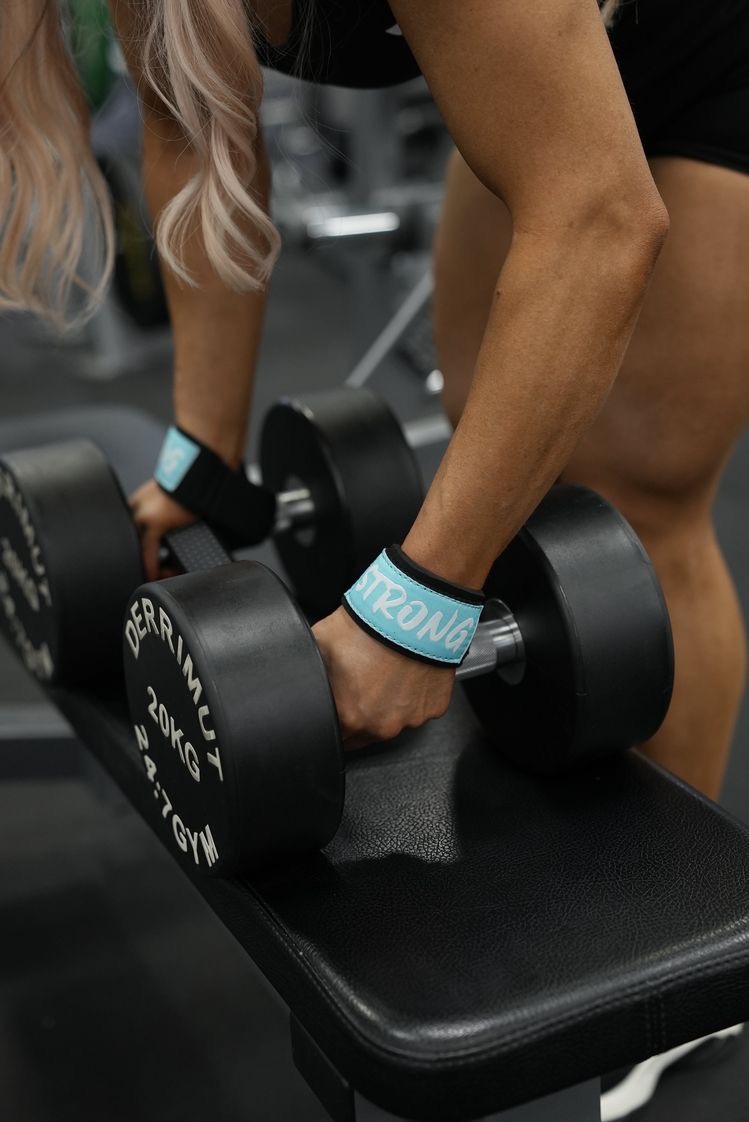When it comes to the world of strength training and muscle building, enthusiasts and athletes alike are constantly seeking ways to push their limits and reach new heights in their fitness journey. One such tool that has gained popularity within the weightlifting community are the unassuming yet highly effective weight lifting straps. These unassuming pieces of equipment, often made from sturdy materials like nylon or leather, have a significant impact on the way we approach our lifts and our overall training progress.
- Benefits of Weight Lifting Straps
- Techniques, Types, and Selection
- Best Weight Lifting Straps
- Common Myths and Practical Integration
At first glance, weight lifting straps might seem like a minor accessory, hardly worth considering when compared to the heavyweights and barbells that dominate the gym floor. However, these unassuming straps can play a pivotal role in revolutionizing your lifting routine and propelling your gains to new horizons. The primary function of weight lifting straps is to enhance grip strength and stability, which are critical components of any successful lifting regimen.
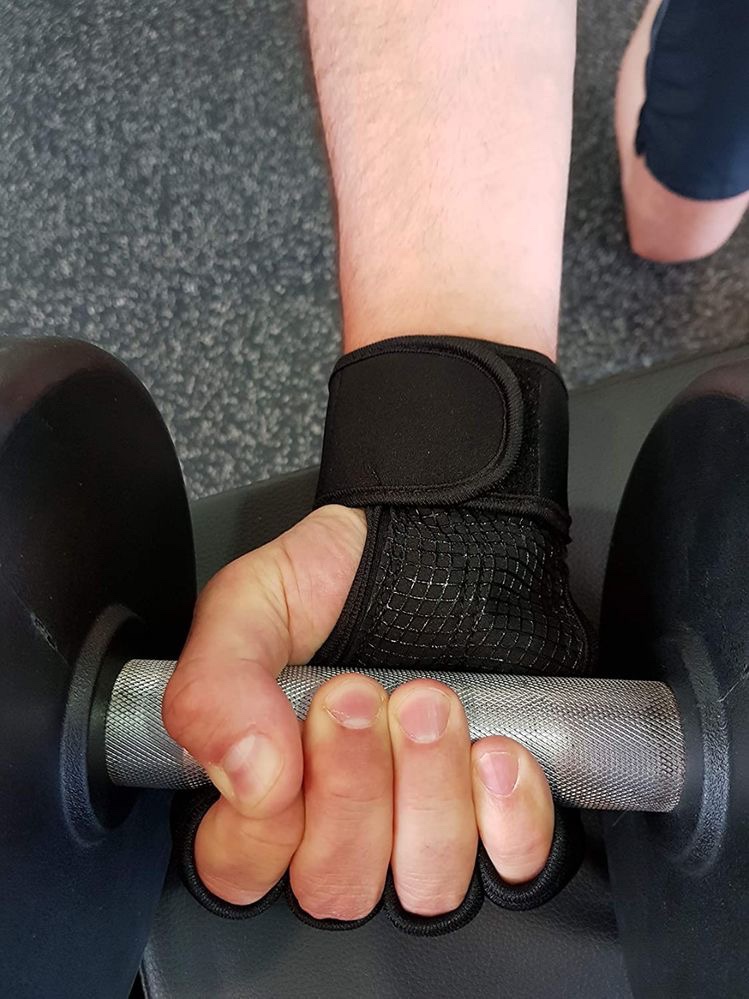
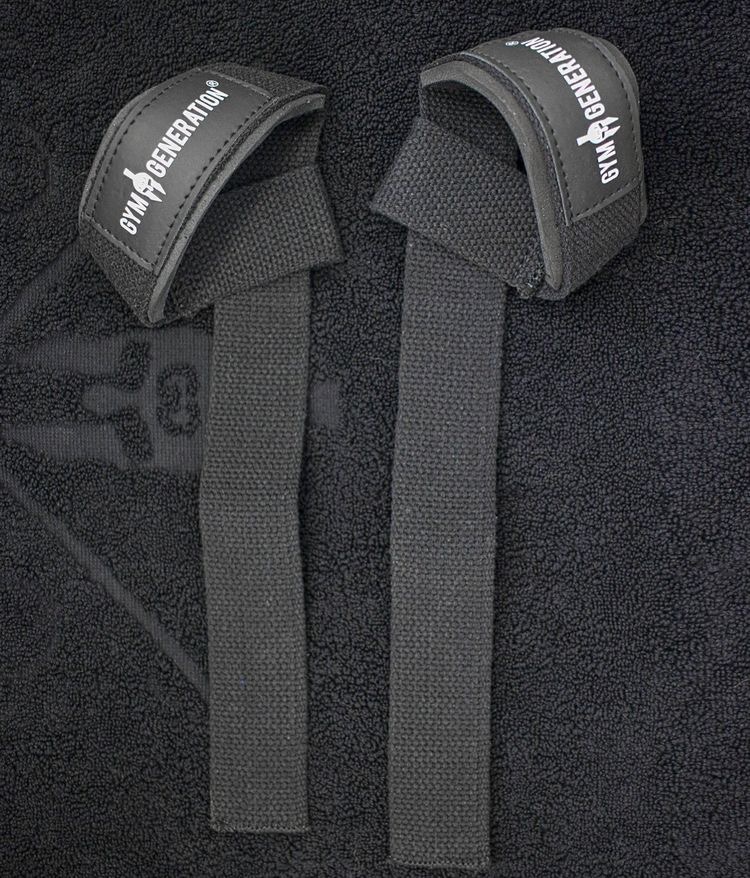
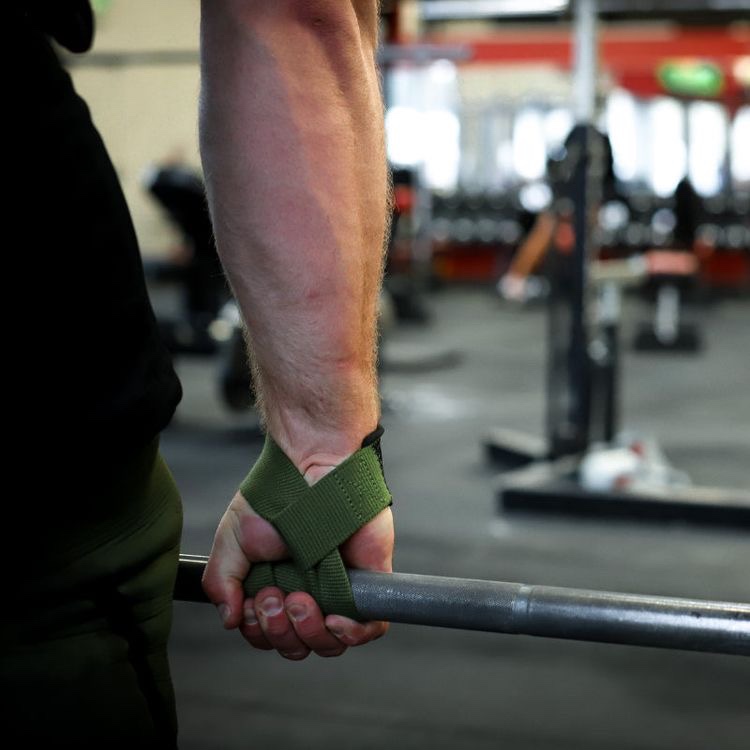
Overcoming the Grip Barrier
Grip strength, though often underestimated, is an essential factor in weightlifting success. Whether you’re deadlifting, performing rows, or executing heavy pulls, a secure and unyielding grip is vital to maintaining proper form and effectively engaging the target muscles. Yet, as we progress in our training, our grip strength can sometimes become a limiting factor, preventing us from fully challenging our muscles and inhibiting gains.
This is where weight lifting straps come into play. By effectively bypassing grip limitations, these straps allow you to focus solely on the muscle groups you intend to work, rather than being held back by a weakening grip. This doesn’t mean you’re neglecting your grip strength altogether – it means you’re utilizing a tool strategically to enhance your overall performance and prevent plateauing.
When and How to Strap In
It’s important to note that straps are not a one-size-fits-all solution. While they can be immensely beneficial, they should be integrated into your training routine thoughtfully and purposefully. Utilizing straps during every single lift might hinder your natural grip development, so it’s wise to use them strategically, especially during exercises where grip strength is not the primary focus.
Exercises such as deadlifts, shrugs, and pull-ups can greatly benefit from the assistance of weight lifting straps. However, movements that specifically target grip strength, like farmer’s walks or hanging exercises, should still be practiced without straps to ensure well-rounded development.
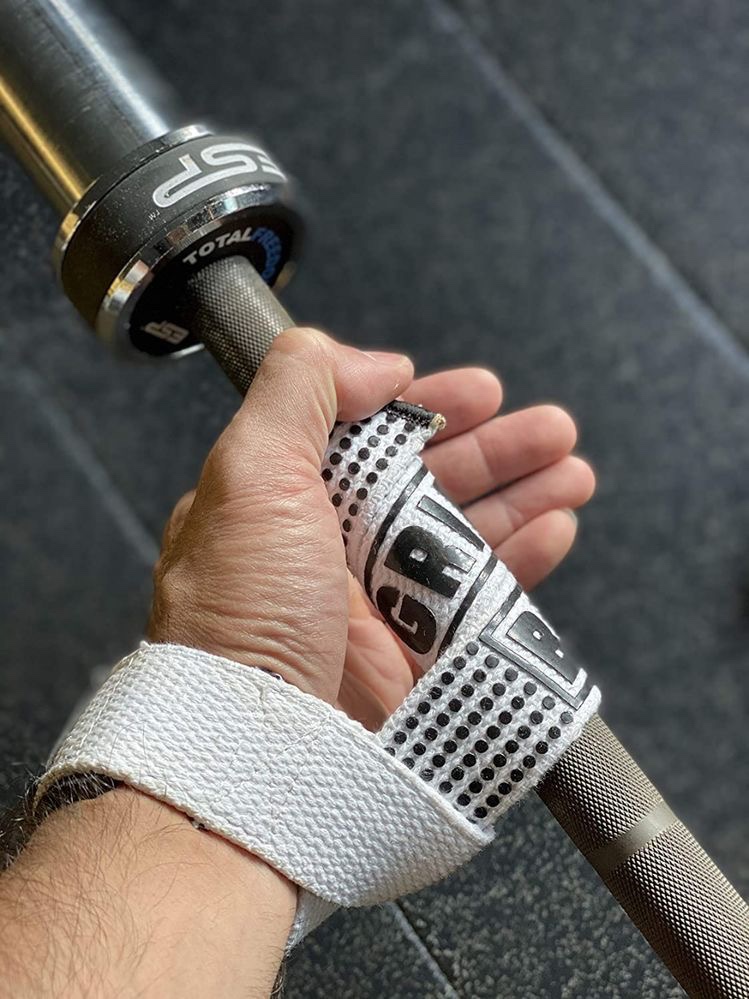
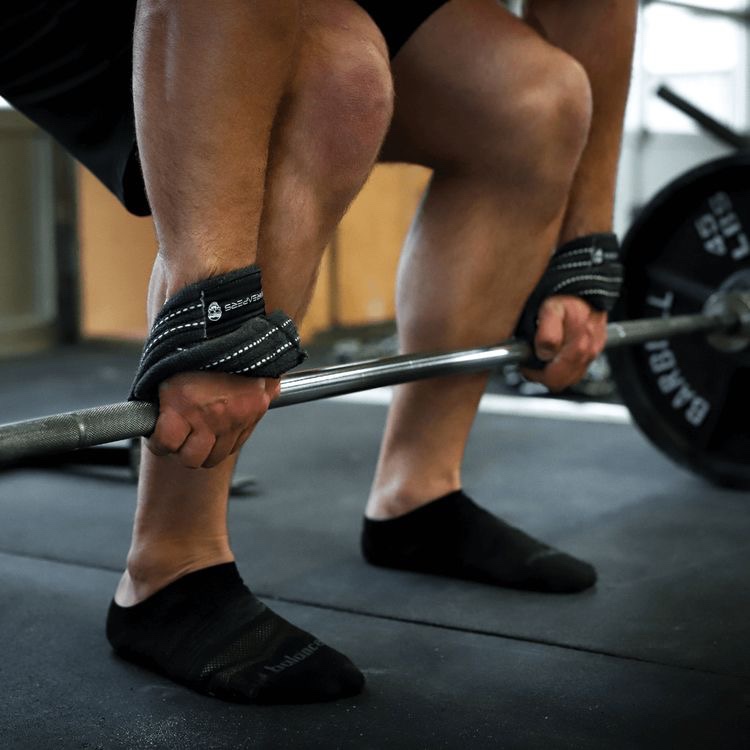
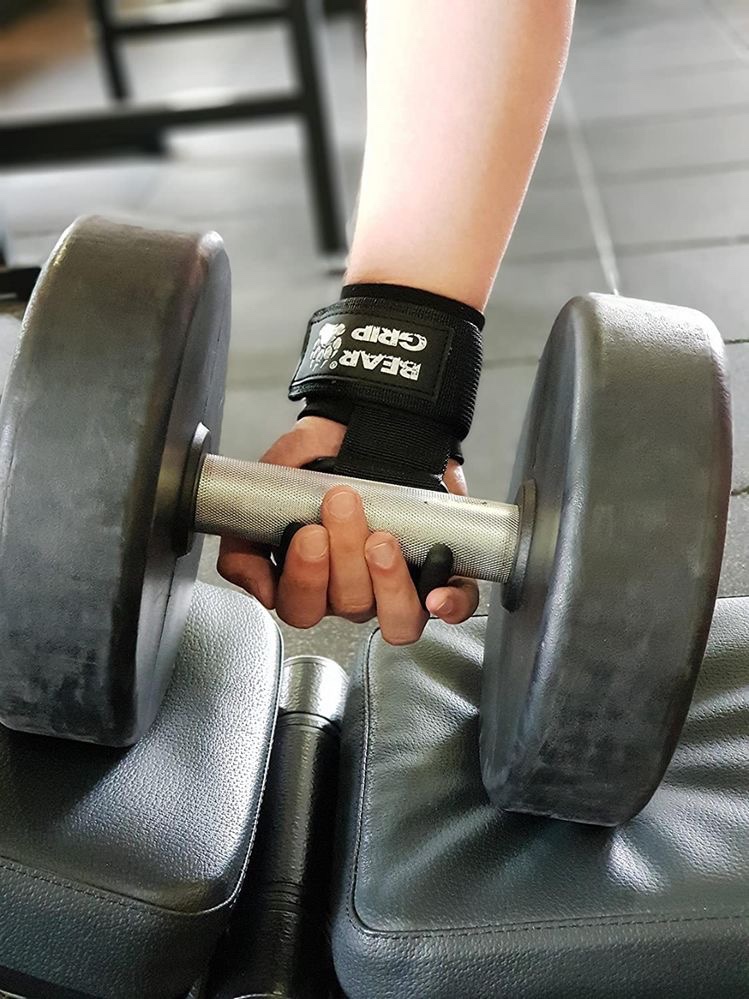
Benefits of Weight Lifting Straps
As we dive deeper into the realm of weight lifting straps, it’s crucial to understand the array of benefits they offer beyond the immediate assistance in grip strength. These unassuming tools can have a significant impact on various aspects of your training, allowing you to push boundaries and achieve new levels of performance.
1. Targeted Muscle Engagement
When executing complex compound movements like deadlifts or rows, maintaining a strong grip can sometimes divert your focus from engaging the intended muscle groups. By employing straps, you’re able to shift the emphasis to the targeted muscles without compromising your form due to grip fatigue. This precise muscle engagement fosters greater muscle recruitment, leading to improved muscle development over time.
2. Overcoming Plateaus
Stagnation is a common adversary in the realm of strength training. At times, you might find yourself hitting a plateau where your grip strength limits your ability to lift heavier weights. Straps can be the game-changer that helps you break through these plateaus. By temporarily alleviating the grip constraint, you can progressively overload your muscles, encouraging growth and strength gains that were previously hindered.
3. Enhanced Focus on Technique
When you’re grappling with the weight in your hands, it’s easy for your attention to drift away from perfecting your lifting technique. Weight lifting straps alleviate this distraction, allowing you to concentrate fully on maintaining proper form. This heightened focus on technique not only minimizes the risk of injury but also ensures that you’re targeting the right muscles and optimizing your exercise’s effectiveness.
4. Reducing Fatigue
As you advance in your training, it’s common for your grip strength to fatigue faster than your larger muscle groups. Straps can extend your training session by postponing grip fatigue. This enables you to perform additional repetitions or lift heavier weights, stimulating more muscle fibers and accelerating your progress.
5. Injury Prevention
Struggling with a heavy weight due to a weakening grip can lead to accidents and injuries. Straps act as a safety net by allowing you to maintain control over the weight, even when your grip weakens. This reduces the likelihood of dropping weights and minimizes the risk of strains, sprains, or other lifting-related injuries.
6. Balanced Muscle Development
Weight lifting straps enable you to work both sides of your body evenly, especially if you have an imbalance in grip strength. By removing the grip variable, you can ensure that each side of your body is exerting equal effort, promoting balanced muscle development and symmetry.

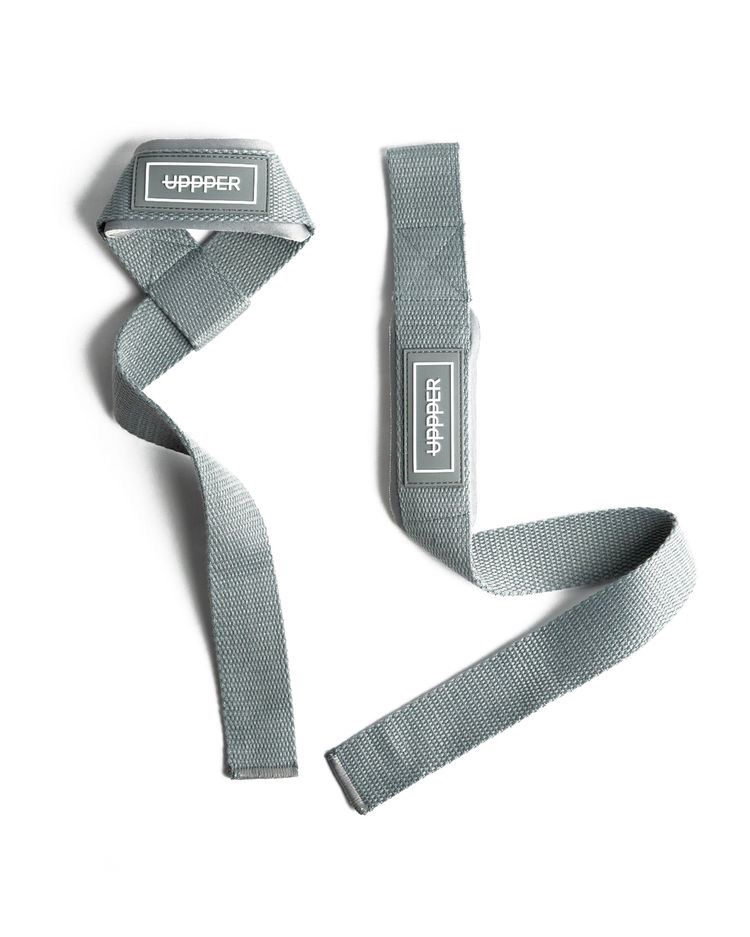

Using Weight Lifting Straps: Techniques, Types, and Selection
Now that we’ve explored the myriad benefits of weight lifting straps, it’s time to delve into the practical aspects of using them effectively. Mastering the techniques, understanding the different types of straps available, and selecting the right ones for your needs are crucial steps in maximizing the advantages these tools offer.
Using Weight Lifting Straps: Techniques
Using weight lifting straps might seem straightforward, but employing the right technique is essential for both safety and effectiveness. Here’s a step-by-step guide on how to use weight lifting straps correctly:
- Wrap the Strap Around the Bar: Begin by passing the strap through the space between the barbell or dumbbell and your palm. Ensure that the strap end with the loop is facing away from your body.
- Create a Loop: Once the strap is threaded through, create a loop around the bar by passing the free end of the strap through the loop formed by the other end.
- Secure the Grip: Place your hand through the loop and grip the bar tightly. The strap should be situated between your palm and the barbell, securing your grip.
- Tighten the Strap: As you lift the weight, gently pull the strap to tighten it around the bar. This creates a solid connection between your hand and the weight.
- Perform Your Lift: Execute your chosen exercise, focusing on maintaining proper form and engaging the target muscles. The strap will assist in grip strength, allowing you to concentrate solely on the lift itself.
- Release the Strap: After completing your set, carefully release the strap by uncurling your fingers and sliding your hand out of the loop. Untangle the strap from the bar and prepare for your next set.
Types of Weight Lifting Straps
There are various types of weight lifting straps available, each designed to cater to different preferences and lifting styles. Some common types include:
- Classic Lifting Straps: These are the standard, go-to straps that come in a simple design. They’re versatile and suitable for a wide range of lifting exercises.
- Figure-8 Straps: These straps have a figure-8 shape that loops around the wrist and bar, offering a more secure grip without the need for excessive tightening.
- Wrist Wraps with Straps: Combining the benefits of wrist support and lifting straps, these options offer added stability and protection to the wrists.
- Hook Grip Straps: These straps utilize a hook-like attachment that wraps around the bar, providing a unique way to grip and lift heavy weights.
Selecting the Right Straps
Choosing the right weight lifting straps depends on your specific needs, preferences, and lifting style. Consider the following factors when making your selection:
- Lifting Frequency: If you frequently perform heavy lifts that challenge your grip strength, opting for durable and reliable straps is advisable.
- Comfort and Fit: Straps should be comfortable and adjustable to your wrist size. Look for padded options if you prefer additional cushioning.
- Lift Type: Different lifting styles may require different types of straps. Choose straps that align with the exercises you commonly perform.
- Material and Durability: Quality materials ensure longevity and a secure grip. Leather and nylon are common choices due to their durability.
- Ease of Use: Select straps that are easy to wrap around the bar and secure in place without complications.
Incorporating straps into your routine can greatly enhance your lifting experience, but remember that they’re a tool to support your gains, not a substitute for developing natural grip strength. Utilize them strategically to push your limits and break through plateaus while still engaging in grip-focused exercises to maintain a well-rounded strength regimen.
Here are our personal picks for weight lifting straps based on all the factors we discussed:
(Click on the photo to open the link)
Demystifying Weight Lifting Straps: Common Myths and Practical Integration
As we near the conclusion of our exploration into the world of straps, it’s important to address some common misconceptions that might surround these versatile tools. Additionally, we’ll delve into the practical integration of straps into your workout routine, ensuring a seamless transition that optimizes your training efforts.
Busting Myths about Weight Lifting Straps
- Myth: Weight lifting straps hinder grip strength development.Reality: While it’s true that overreliance on weight lifting strap can potentially reduce your grip strength gains, when used thoughtfully, they can actually help you break through grip-related plateaus and target muscles more effectively.
- Myth: Only advanced lifters should use weight lifting straps.Reality: Weight lifting straps can benefit lifters of all levels. Beginners can use them to focus on proper form and muscle engagement, while experienced lifters can employ them to challenge their muscles beyond grip limitations.
- Myth: Weight lifting straps are a sign of weakness.Reality: Incorporating weight lifting straps is not a sign of weakness; it’s a strategic approach to optimizing your training. Even the strongest lifters use these tools to enhance their workouts and push their limits.
Integrating Weight Lifting Straps into Your Routine
Now that we’ve shattered these myths, let’s discuss how to seamlessly integrate straps into your workout routine:
- Strategic Usage: Reserve the use of straps for exercises where grip strength is not the primary focus. Movements like deadlifts, rows, and pull-ups are ideal candidates.
- Warm-Up and Cool-Down: Perform grip-focused warm-up exercises to maintain grip strength and flexibility. After your workout, engage in grip-focused cool-down stretches to maintain well-rounded development.
- Progressive Overload: Use weight lifting straps to progressively overload your muscles. Gradually increase the weight while still maintaining proper form to avoid sacrificing technique for heavier loads.
- Grip-Focused Work: Integrate exercises that specifically target grip strength into your routine. Farmer’s walks, hanging exercises, and wrist curls can all contribute to maintaining a strong grip.
- Listen to Your Body: Pay attention to how your body responds to using weight lifting straps. If you feel that your grip strength is declining, consider reducing their usage temporarily and focus on grip-focused exercises.
Balancing Strength and Technique
In the dynamic landscape of strength training, balance is key. Weight lifting straps offer a bridge between developing strength and maintaining proper technique. They can help you push boundaries while ensuring that your form remains intact. By embracing these tools as allies rather than crutches, you’re poised to unlock new dimensions of growth in your fitness journey.
Elevating Your Home Gym
Creating a well-rounded and effective home gym requires careful consideration of the equipment you choose to invest in. When you combine dumbbells, kettlebells, and straps, you create a dynamic trio that addresses different aspects of your fitness goals. Dumbbells offer precision and targeted muscle development, kettlebells provide a unique blend of strength and cardio, and weight lifting straps allow you to optimize your lifting performance.
Read more about dumbbells and kettlebells!

